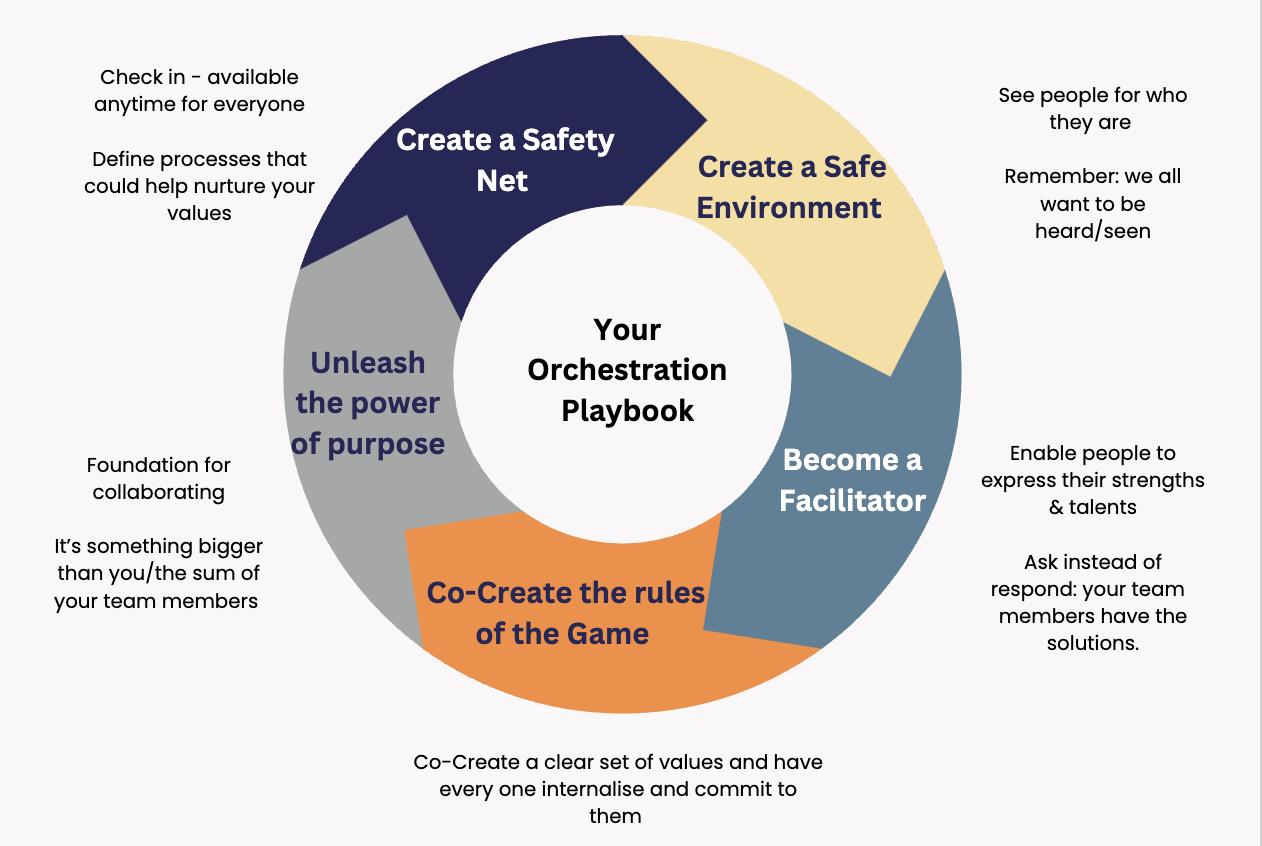Shifting the Paradigm: From Competition to Collaboration
In the business world, we often hear about the value of competition. It’s said that competition drives innovation, performance, and growth. There’s truth in that: healthy competition pushes individuals and companies to evolve and reach new heights. But there’s also a downside. The relentless pursuit of being “better than the competition” can cause businesses to miss out on one of the most powerful strategies for long-term success—collaboration.
In today’s complex and interconnected environment, the problems we face are often too multifaceted to be solved by a single person, department, or even company. This is where collaboration becomes not just an advantage, but a necessity.
Studies from Stanford University show that people who work in collaborative environments are more engaged, experience less fatigue, and are more likely to persist in solving complex problems than those who work in competitive settings. Yet, many leaders struggle to shift from a competitive mindset to one of collaboration. Why? It’s ingrained in us.
The Roots of Competition in Human Nature
From an evolutionary perspective, competition has been essential for survival. Historically, humans had to compete for resources—food, shelter, and safety. This wiring can explain why, even in business, we default to competitive behavior. We’re conditioned to believe that winning means someone else has to lose.
But nature offers us a counterpoint: collaboration is equally vital for survival. In fact, ecosystems around the world thrive on collaboration. This balance between competition and collaboration is where businesses can learn valuable lessons from nature.
Nature’s Perfect Symbiosis: Collaboration in the Ecosystem
Take a walk in the woods or observe a garden, and you’ll notice that different species constantly work together to create balance. Nature is full of symbiotic relationships that demonstrate the power of collaboration.
One well-known example is the relationship between bees and flowers. Bees collect nectar from flowers to create food for their colony, while also pollinating the flowers so they can reproduce. This mutual dependence shows how two different entities can collaborate for mutual benefit.
Then there’s the “wood wide web,” the underground fungal network that connects trees in a forest. Through this network, trees share nutrients, send warnings about diseases, and even transfer resources from healthier trees to those that are struggling. This resource-sharing is vital for the health and resilience of the entire ecosystem.
If collaboration is critical for nature’s survival, why wouldn’t it be the same for businesses? Just like in an ecosystem, a business thrives when its parts work together. Collaboration fosters innovation, resilience, and adaptability.
Why Collaboration Is Crucial Now More Than Ever
In the face of today’s unprecedented challenges—whether it’s the rapid pace of technological change, the complexity of global markets, or the demand for sustainability—no single leader, team, or company can tackle these problems alone. The pandemic showed us the power of collaboration in action. Businesses across industries worked together to develop and distribute vaccines in record time, while tech rivals shared resources to create critical infrastructure for remote work.
This need for collaboration goes beyond crises. Teams today are more diverse in their makeup and often work across geographies and time zones. In such an environment, collaboration is essential to harness collective intelligence.
A report from the World Economic Forum’s Future of Jobs found that skills like complex problem-solving, critical thinking, and creativity will be essential in the workforce. These skills are naturally enhanced when people collaborate, bringing their diverse expertise and experiences together to tackle complex challenges.
Building a Culture of Collaboration: A Leadership Playbook
So, how can we shift from a competitive culture to a collaborative one? It starts with leadership. Leaders set the tone for their teams. To foster collaboration, leaders must model the behavior they wish to see. Here’s a playbook that can help:

1. Create a Safe Environment
The first step in building a collaborative team is creating psychological safety. Your team members need to feel safe to express their ideas and opinions without fear of judgment. When people feel heard and seen for who they are, they’re more likely to contribute their unique strengths to the team’s goals.
2. Facilitate Instead of Dictate
A leader’s role is to be a facilitator, empowering team members to find solutions, take ownership, and contribute in meaningful ways. When mistakes happen—and they will—a collaborative leader focuses on mentoring and guiding the team toward learning and growth.
3. Co-Create the Rules of the Game
Collaboration thrives when there’s clarity around values and expectations. It’s crucial for teams to establish shared values and co-create the rules that govern their work. Just as a game has rules that guide play, businesses need a framework that everyone understands and commits to.
4. Unleash Potential Through Shared Purpose
One of the most powerful drivers of collaboration is a shared purpose. When team members understand the why behind their work, they are more emotionally invested in the outcome. This shared mission helps align efforts and creates a sense of ownership over the collective success of the team.
5. Align and Reflect
Even the most collaborative teams can fall back into old patterns of competition. To stay aligned, teams should regularly check in, assess progress, and ensure that everyone is still on the same page. This reflection creates space for realignment, so the team can continue moving forward together.
The Business Case for Collaboration
While competition can drive performance, collaboration unlocks potential. Teams that collaborate are more innovative, agile, and resilient—traits that are essential in today’s fast-paced and complex world. Just as ecosystems in nature rely on interdependence, businesses should see themselves as part of a larger system, where collaboration leads to sustainable success.
Consider your business as part of an ecosystem, where success depends not just on outperforming the competition but on working together—both internally and with external partners—to achieve a greater good.
Conclusion: The Future Is Collaborative
As we move further into an age of complexity, the need for agile, collaborative teams will only increase. My invitation to you, as business leaders, is to ask yourselves: how can we collaborate more effectively to solve our biggest challenges? The future of business is collaboration, and the time to embrace it is now.
So, as you head into your next team meeting or strategy session, remember the power of “we.” Just like in nature, our success is greater when we work together.
Show Notes:
Here are the highlights from this episode:

Julia Felton (aka The Business Wrangler) is the founder of Business HorsePower. Business leaders, entrepreneurs and executives hire her to accelerate their business performance by harnessing the energy of their people to work more collaboratively together. By aligning purpose with actions the team achieves exponential results as everyone starts pulling in the same direction.
Julia believes that business is a force for good and through designing purpose-driven businesses that leverage the laws of nature, and the herd, you can create businesses founded on the principles of connection, collaboration and community that make a significant impact in the world.

